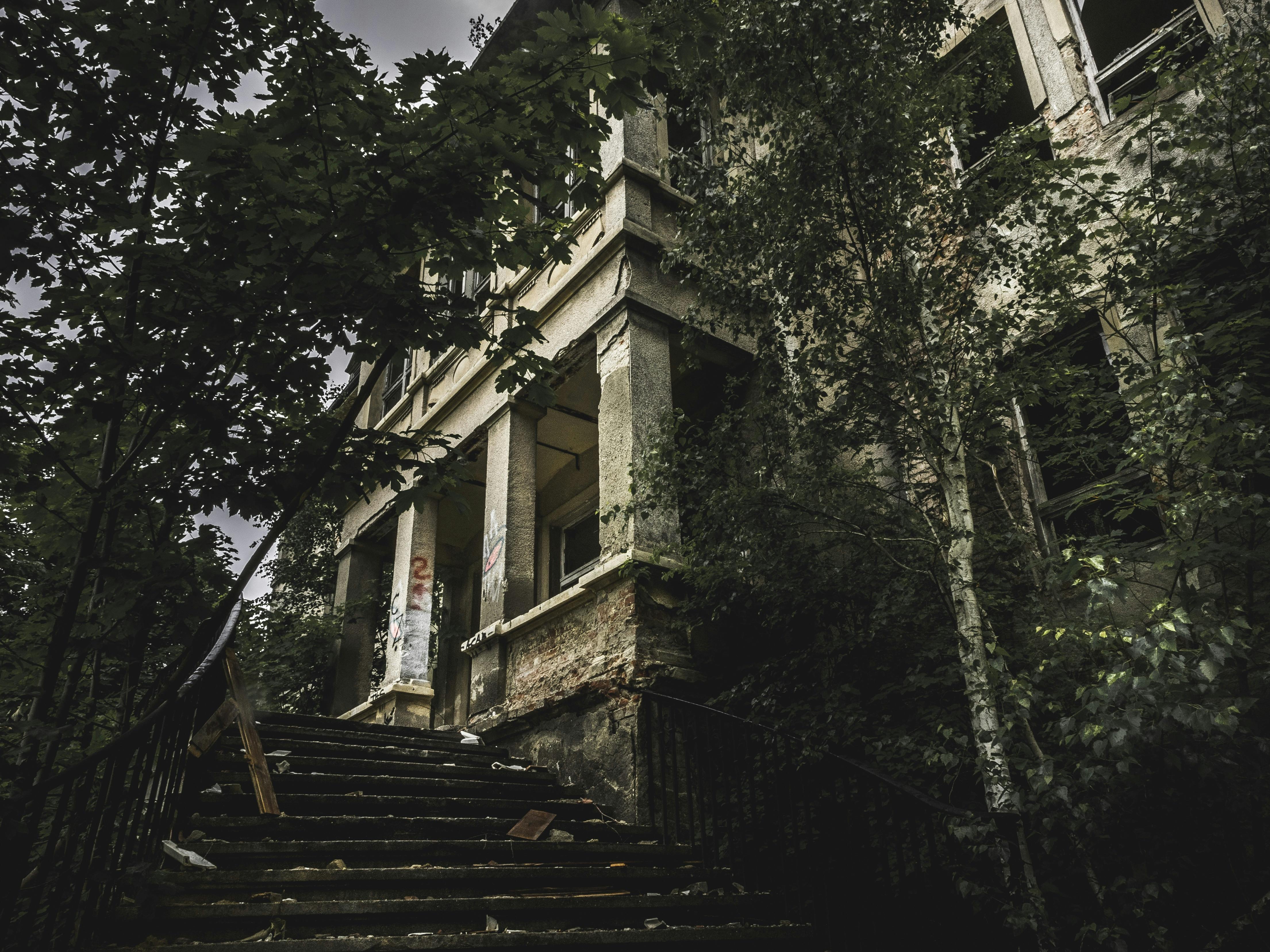"Unfolding the Mystique of Dark Tourism: A Study on its Fascination and Impact"
Stepping off the beaten path, travelers today are seeking more than just relaxation and sightseeing. They crave experiences that are intense, thought-provoking, and even a touch eerie. In the realm of unconventional travel trends, one stands out with its penchant for the macabre and historical: Dark Tourism. This article delves into the mysterious world of dark tourism, exploring its roots, its appeal, and the impact it has on travelers and destinations alike.

Tracing the Dark Path: A Historical Overview of Dark Tourism
Dark tourism, though a recent term, traces its roots back to centuries. The practice of visiting sites associated with death, tragedy, and horror has been a part of human culture since time immemorial. From the pilgrimages to the catacombs in ancient Rome to the public executions in medieval Europe, dark tourism has a long and complex history. However, it was only in the late 20th century that it started gaining academic recognition as a distinct form of tourism.
The Allure of the Abyss: Understanding the Appeal of Dark Tourism
What draws people towards sites of death and disaster? The reasons are as diverse as the travelers themselves. For some, it’s a quest for a deeper understanding of history; for others, it’s the thrill of confronting mortality. Some seek empathy and connection with those who suffered, while others find in these sites a stark reminder of human resilience. Many are driven by curiosity about the dark side of humanity, an exploration of the macabre and the morose.
Navigating the Shadows: The Impact of Dark Tourism
Dark tourism can have a profound impact on travelers, stirring deep emotions and sparking introspection. It can challenge their perspectives, make them reflect on societal issues, and even inspire them to effect change. However, it also raises ethical concerns. There’s a fine line between respectful remembrance and voyeuristic entertainment, and it’s essential for travelers to tread this line with sensitivity.
Between Light and Dark: The Challenges and Benefits of Dark Tourism
Dark tourism is not without its challenges. It can be emotionally taxing, and there’s always the risk of commodifying tragedy. However, it also has potential benefits. It can support local economies, preserve historical sites, and promote education and awareness about past atrocities. It’s a balancing act that requires careful management and thoughtful engagement from both travelers and site custodians.
Revealing the Unseen: Interesting Facts about Dark Tourism
- Dark tourism is also known as grief tourism, black tourism, and thanatourism.
- The term “dark tourism” was coined by professors John Lennon and Malcolm Foley in 1996.
- Some of the most visited dark tourism sites include Auschwitz-Birkenau, Ground Zero, and the Chernobyl Exclusion Zone.
- Dark tourism has also inspired popular culture, with shows like Dark Tourist and Chernobyl gaining a global audience.
In conclusion, dark tourism is a complex, multifaceted phenomenon that challenges conventional notions of travel. It’s a journey into the heart of darkness, a confrontation with our shared history, and a testament to the resilience of the human spirit. As we continue to explore this intriguing realm, it’s crucial to remember the words of Spanish philosopher George Santayana: “Those who cannot remember the past are condemned to repeat it.”




